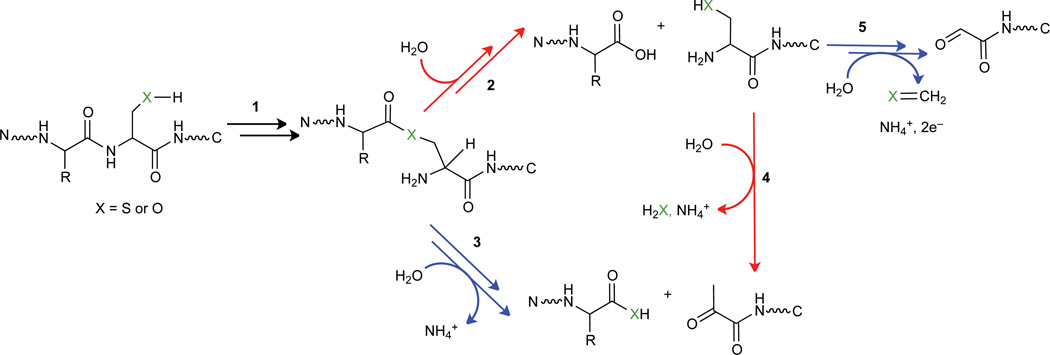Fig. 6. Possible routes for N-terminal processing of SCRN3 in comparison to the established mechanisms of N-terminal maturation for other protein classes.
The mechanisms for Ntn hydrolases and pyruvoyl-dependent decarboxylases diverge at the transient ester intermediate formed during autoproteolysis (step 1). Hydrolysis yields a catalytic nucleophile for Ntn hydrolases (step 2), whereas active site-directed β-elimination generates an electrophilic pyruvoyl cofactor for decarboxylases (step 3). Detection of a new N-terminus containing an intact side chain, shown as a product of step 2, suggests that formation of pyruvoyl and glyoxylyl groups may occur via 4 and 5, respectively, in the N-terminal processing of SCRN3.

